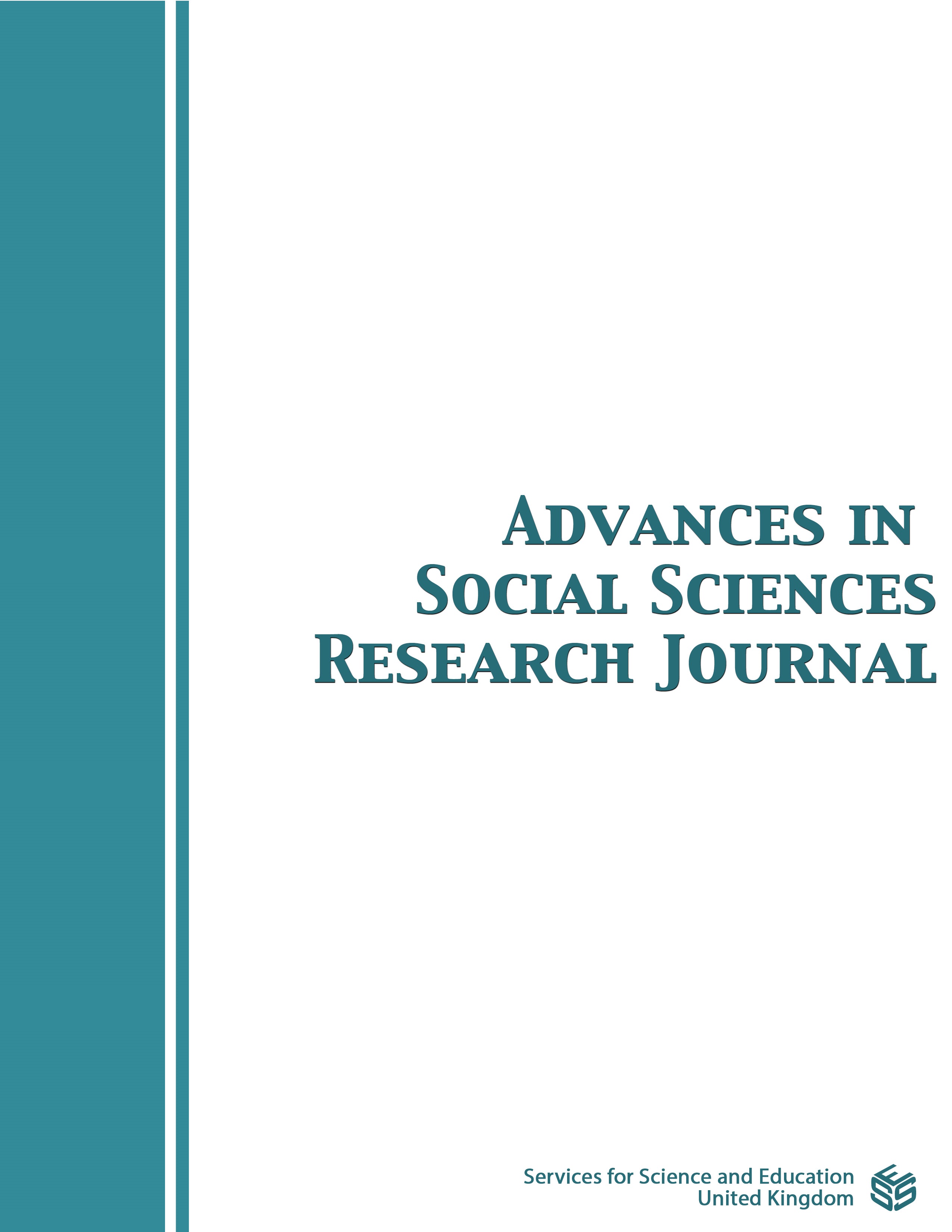The Seduction of Femininity: A Critical Scrutiny of Oscar Wilde’s Salomé
DOI:
https://doi.org/10.14738/assrj.94.12230Abstract
The present inquiry deals with social, cultural and literary construction of femme fatale image. This portrait has not been simply the subject of literature, but rather, other artistic genres such as architecture, drawing, painting and moving pictures have also utilized the concept of femme fatale over the past 200 years. This seductive image of woman arouses readers’ curiosity to penetrate the notion of woman's body and gender issues in modern world. Besides, modernity brought with it male consternation, uneasiness and susceptibility as to the subject of female individuality. The orthodox theoretical discourses which affiliate female body with something cryptic, vicious and deplorable are being falsified by virtue of the interminable disputes as for tempting image of women that legitimize assigning them an inferior status. That being said, the patriarchal system considers femme fatale as “other” with an unpleasant impression. This study will scrutinize the dialogues in the play to depict the aforementioned arguments by having an eye on Victorian perception of woman. What is more, it will explore diverse social, cultural, political as well as historical circumstances under which Oscar Wilde authored Salomé. Having employed feminist theory, the current analysis mirrors another dimension of women’s serious vicissitudes they had to put up with back then which imperceptibly laid the foundation for reawakening women all around the world of their natural and basic rights they had been deprived for centuries under patriarchy.
Downloads
Published
How to Cite
Issue
Section
License
Copyright (c) 2022 Ali Mohammadi

This work is licensed under a Creative Commons Attribution 4.0 International License.
Authors wishing to include figures, tables, or text passages that have already been published elsewhere are required to obtain permission from the copyright owner(s) for both the print and online format and to include evidence that such permission has been granted when submitting their papers. Any material received without such evidence will be assumed to originate from the authors.






